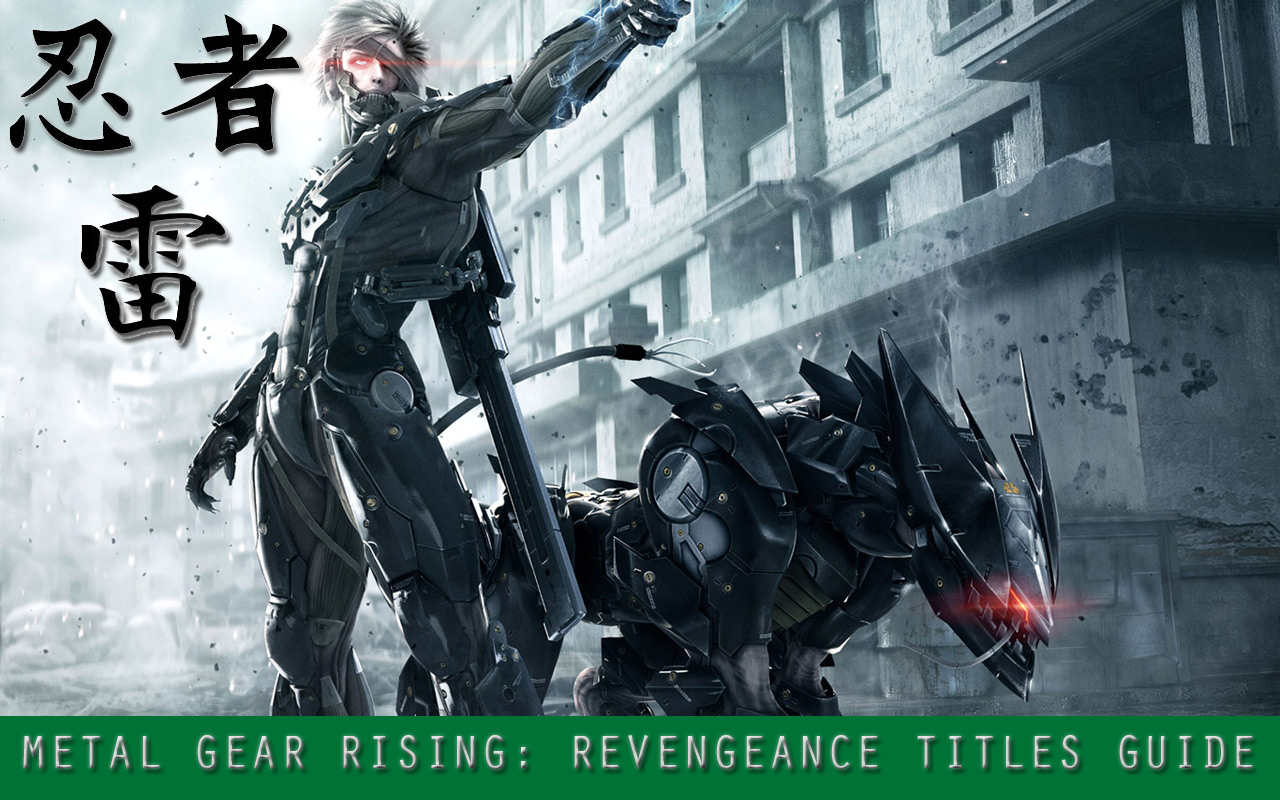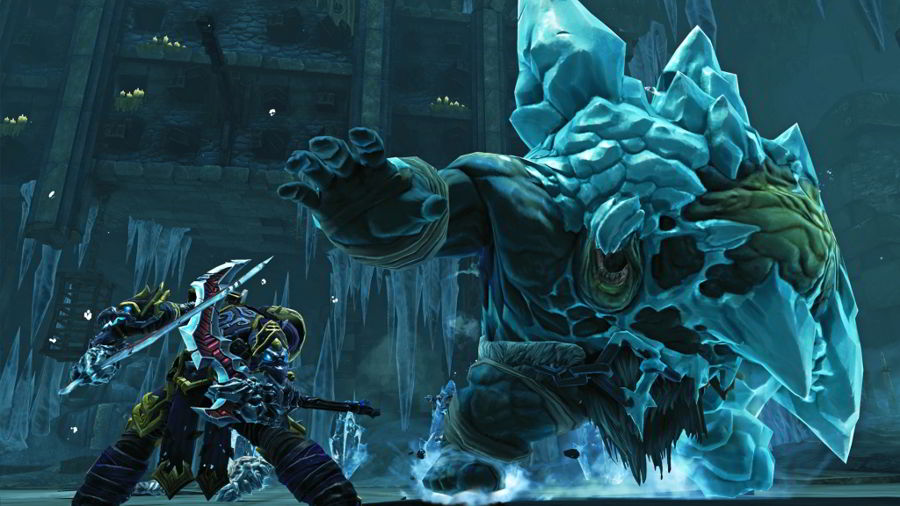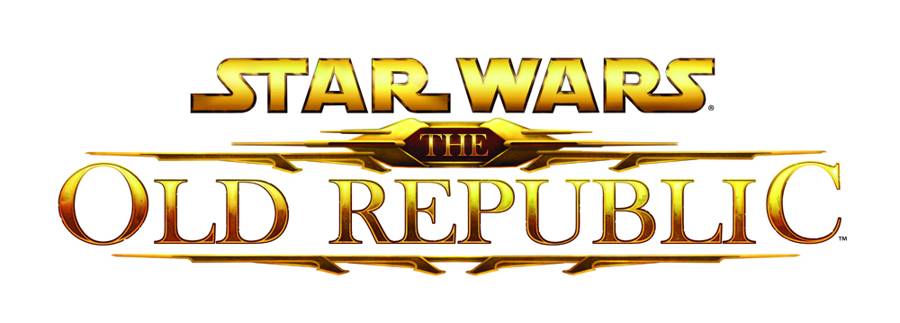

Spoiler warning: this feature discusses the endings of Final Fantasy X and X-2.
An audience watches on as a young woman appears on stage. As the spotlight reveals her to be Yuna, the shy but brave young heroine who saved the whole world from oppression and suffering two years before, they cheer in delight. Yuna takes a few steps forward before gracefully turning on her heels.
Her striking Eastern dress - adorned with images of the hibiscus flower with which she shares her name, and evocative of her faith in the humanitarian principles which helped her to lead by example - simply fades into nothingness in the midst of a delicate twirl. Threads of fabric appear in its place, glowing as they reform into a ruffled sleeveless blouse, coupled with a matching wisp of a skirt. Then Yuna starts singing.
This is Final Fantasy X-2, a game I can never forgive.
The first sequel to a fully-fledged Final Fantasy game, X-2 finally hit Europe in 2004. But before we discuss its failings, let us flash back to 2002 and the release of its forerunner, the first Final Fantasy game for the PlayStation 2.
"Listen to my story," says Tidus, just before the words 'Final Fantasy X' appear on the screen. But no matter how many times he repeats his claim, Final Fantasy X is not Tidus' story. His is superficial and absurd; his father a demonic villain, himself a time-travelling anomaly. The real story is Yuna's.

A kimono-clad teenager from a small village, Yuna wishes to protect her people from Sin, the demon that is destroying her world. Like a soldier leaving for war, Yuna sets off to do exactly that - despite clearly being far too young for the task. The military analogy evolves as we learn that Yuna is the only hope to end the conflict, and must sacrifice her life to do so. In our eyes Yuna transforms into a messiah, but beyond her quiet determination she is still the same child soldier from the small village; youthfully fragile and honestly fearful of death.
Upon her journey she finds Tidus, who becomes her protector, and in him she finds love and a reason to live. As she nears her goal she strives to cherish what they have, but she is always mindful of her fate. She tries to hide it, unsuccessfully. "She's naive, serious to a fault, and doesn't ask for help," observes Auron, mentor to Tidus. "Yuna's easy to read… but hard to guard."
By the end, much has changed. Yuna's faith in her religion has been shaken, but she uses that to find the strength to stipulate that no sacrifice be made in her defeat of Sin; she wants the perfect ending. Ironically, it was never hers to have. She loses Tidus, his unreal story concluding as he fades out of existence. Like Juliet waking up to see Romeo dead before her, Yuna rushes tearfully to embrace Tidus , only to fall through his shadow and stumble to the ground. In that single moment at the end of her journey, her face devoid of expression, we watch Yuna finally grow up. And her loss feels real.
Two years later, a singing, dancing, Yuna tells us that X-2 is her story. The emphasis, though, is on the gender of the personal pronoun. It's not Yuna's story, not at all. It's her story.
More accurately, it's the story of Square Enix's perception of her, of woman, designed to reflect what the developer saw at the time as the growing appreciation for strong female action heroes on TV and movie screens. In that opening sequence Yuna is joined by two other ladies, the returning Rikku and new girl Paine. The trio leaps and twirls its way through copycat male guards before sliding into cheesy sexy-but-deadly poses. They flash pretty smiles at the camera as the image takes on a sparkly gold hue, and the letters YRP appear beneath the ladies in red, gold, and purple. The producer, Yoshinori Kitase, admitted that the team had a Charlie's Angels style "in mind as a concept."




 Darksiders 2: Argul Boss Fight Guide
Darksiders 2: Argul Boss Fight Guide Star Wars ToR Leveling Guide
Star Wars ToR Leveling Guide Hammerfight - Chapter 1 The Gaiars Solo Mode Walkthrough
Hammerfight - Chapter 1 The Gaiars Solo Mode Walkthrough Infamous 2 Beating The Hive Lord
Infamous 2 Beating The Hive Lord Walkthrough for the Android App The Lost Ship
Walkthrough for the Android App The Lost Ship